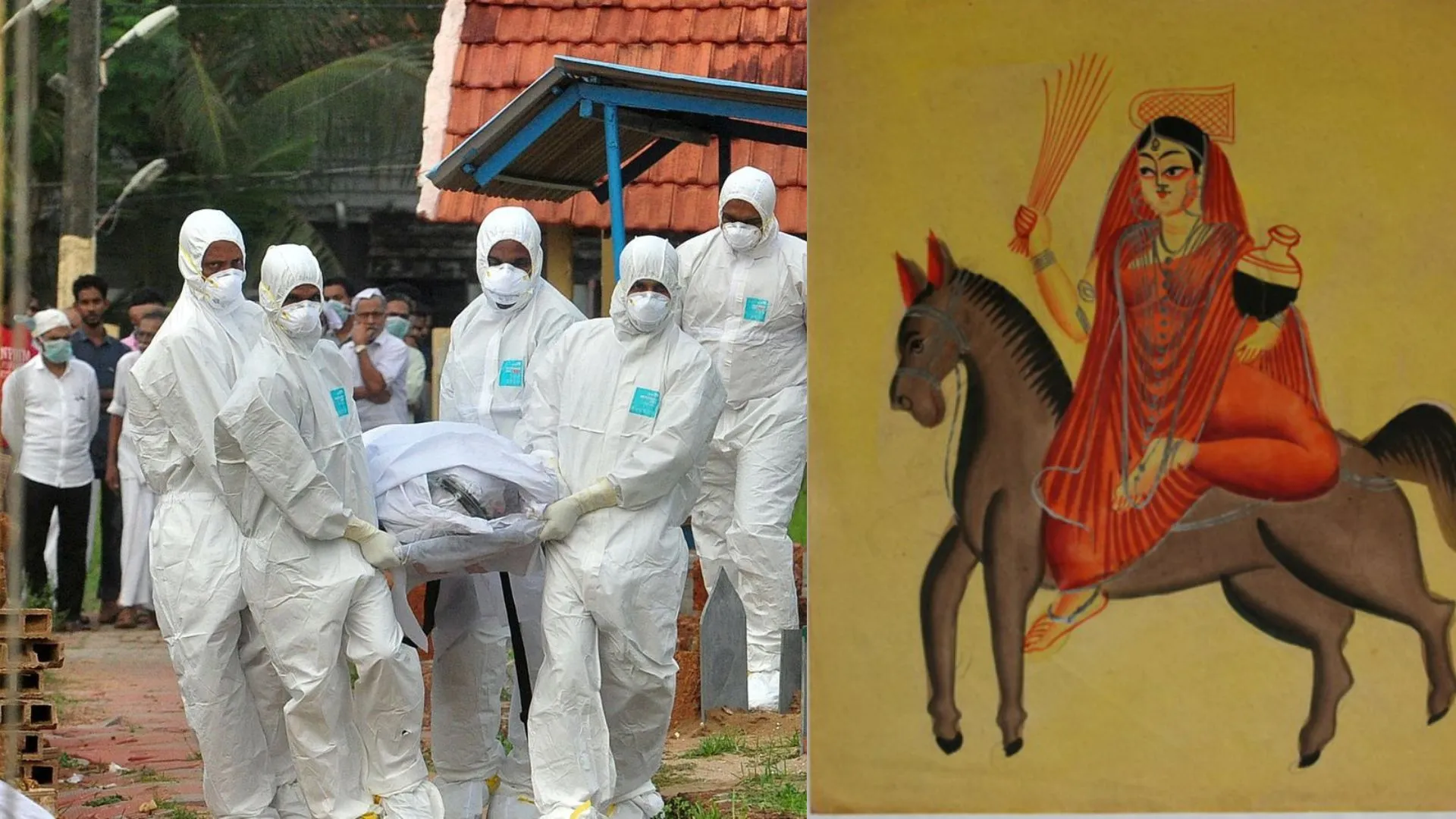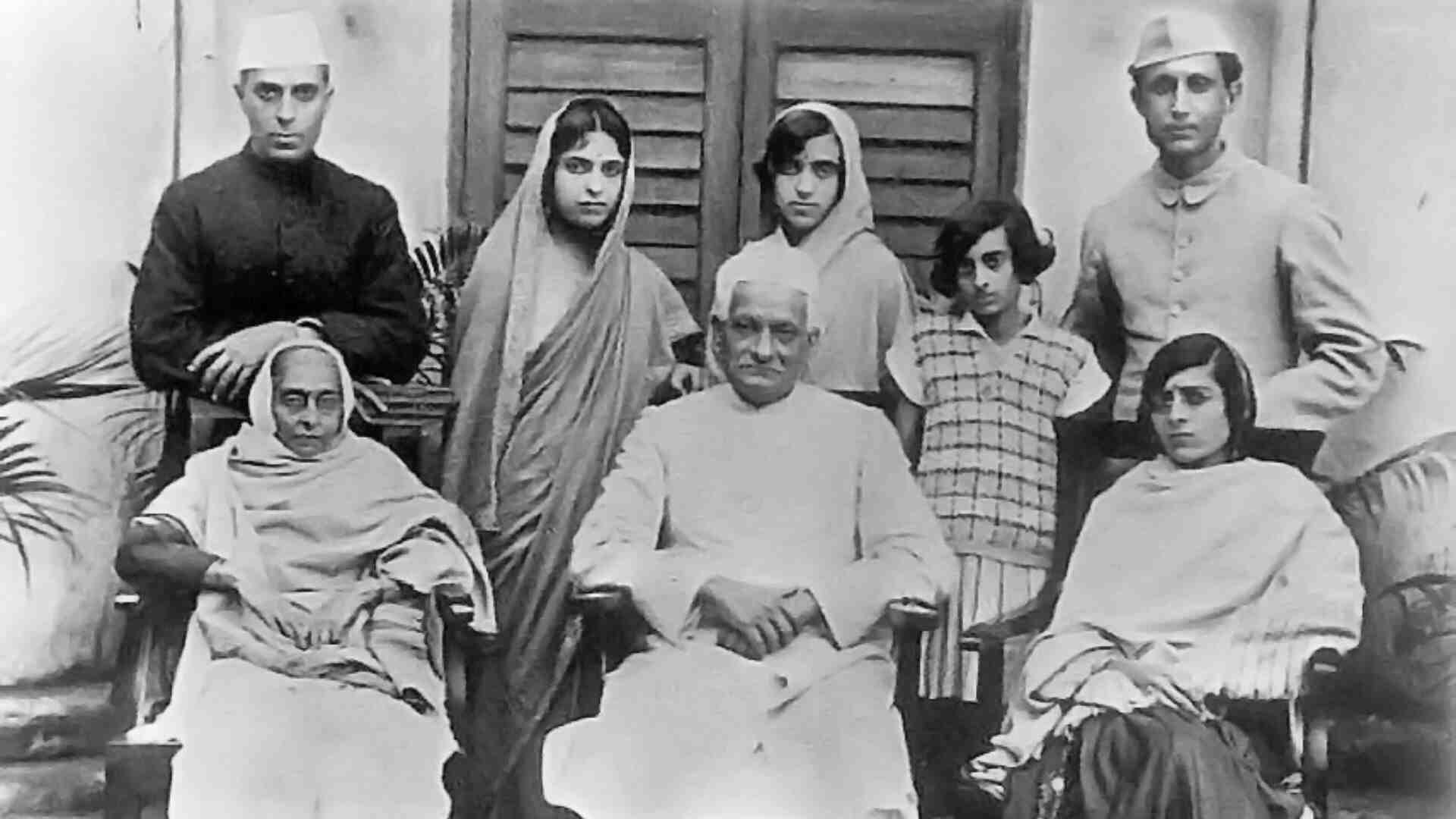Introduction
India, a nation of diverse cultures and traditions, faces ongoing challenges in achieving gender equality and securing rights for all its citizens. This article examines the current state of gender equality, women’s empowerment, and LGBTQ+ rights in India. We’ll explore the obstacles, government initiatives, and legal provisions aimed at creating a
The State of Gender Equality in India
Gender equality in India remains an elusive goal. It encompasses equal access to resources and opportunities regardless of gender, including economic participation and decision-making. Despite progress, significant disparities persist across various sectors.
In the workplace, women face stark inequalities. The World Inequality Report 2022 reveals that men in India earn 82% of labor income, while women’s share stands at a mere 18%. This wage gap highlights the economic challenges women face in achieving financial independence.
Education is another area where gender disparities are evident. In India, 187 million women are illiterate, accounting for a third of all illiterate people worldwide. The literacy gap between men and women is striking, with a 24 percentage point difference. About 75% of men are literate, compared to only 51% of women.
Violence against women remains a pressing concern. The National Crime Records Bureau reported over 371,503 cases of violence against women in India in 2020. These cases include sexual assault, domestic violence, and other forms of abuse. However, the actual number is likely higher due to underreporting.
Causes of Gender Inequality :
Poverty as a Root Cause :
Poverty plays a significant role in perpetuating gender inequality. The World Bank estimates that approximately 70% of the world’s impoverished population is female. Poverty limits access to education, healthcare, and economic opportunities, creating a cycle of disadvantage for women and girls.
Child Marriage and Its Impact :
Child marriage is another factor contributing to gender inequality. UNICEF reports that 12 million girls are married before the age of 18 every year. This practice not only hinders personal development but also perpetuates gender disparities across generations.
Education Gap :
Lack of education is a key driver of gender inequality. UNESCO reports that 132 million girls are out of school globally, with fewer learning opportunities than boys. Education is crucial for empowering girls to make informed choices, pursue careers, and challenge societal norms.
Healthcare Disparities:
Poor medical health exacerbates gender discrimination. In regions with inadequate healthcare facilities, girls face higher maternal mortality rates and limited access to family planning. These health-related biases further widen the gender gap.
Cultural Norms and Awareness :
Deeply ingrained patriarchal norms and lack of awareness contribute significantly to gender inequality. When societies perpetuate gender stereotypes and discrimination, breaking free from inequality becomes challenging.
Government Initiatives for Gender Equality
The Indian government has implemented various programs to promote gender equality and women’s empowerment. These initiatives aim to address the multifaceted challenges faced by women and girls across the country.
Beti Bachao Beti Padhao (BBBP) is a flagship program that focuses on protecting, nurturing, and educating the girl child. It aims to improve the child sex ratio and promote girls’ education.
The Mahila Shakti Kendra (MSK) scheme empowers rural women through skill development and employment opportunities. It provides a platform for women to access government services and participate in community development.
The National Creche Scheme offers safe environments for children, enabling women to pursue employment opportunities without compromising their children’s care.
Financial Empowerment and Housing
Several initiatives focus on financial empowerment and housing for women. The Pradhan Mantri Matru Vandna Yojna provides maternity benefits to pregnant and lactating mothers, supporting their health and well-being.
The Pradhan Mantri Awas Yojana ensures housing under women’s names, promoting property ownership among women. The Sukanya Samriddhi Yojna (SSY) economically empowers girls by providing dedicated bank accounts and financial incentives.
Political Representation and Safety
The Constitution (106th Amendment) Act, 2023, marks a significant step towards political empowerment. It reserves one-third of all seats for women in the Lok Sabha, State legislative assemblies, and the Legislative Assembly of the National Capital Territory of Delhi, including seats reserved for Scheduled Castes and Scheduled Tribes.
The Nirbhaya Fund Framework provides a non-lapsable corpus fund for implementing initiatives aimed at enhancing women’s safety and security. One Stop Centres (OSCs) offer integrated services for women victims of violence, including medical aid, legal assistance, and counseling.
Women’s Empowerment: A Catalyst for Progress
Women’s empowerment is crucial for India’s overall development. It involves equipping women with knowledge, skills, resources, and agency to make informed decisions and participate fully in social, economic, and political spheres.
Economic Growth and Social Progress
Empowering women contributes significantly to economic growth and prosperity. When women have access to education, skills training, and economic opportunities, they can participate in the workforce, start businesses, and drive innovation and productivity.
Women’s empowerment also promotes social progress by challenging and transforming societal norms, attitudes, and practices that limit women’s rights and opportunities. It involves promoting gender equality, addressing gender-based violence, and raising awareness about women’s issues.
Education and Health Benefits
Educated women are more likely to invest in their children’s education and actively participate in community development initiatives. They can make informed decisions about their own health and their families’ well-being, contributing to improved public health outcomes and reduced maternal and child mortality rates.
Leadership and Governance
Empowering women to participate in leadership and decision-making roles leads to better governance and representation. When women have equal opportunities to contribute their perspectives, knowledge, and skills, community decisions become more inclusive and reflective of diverse needs and priorities.
LGBTQ+ Rights in India: Progress and Challenges
The LGBTQ+ community in India has faced a long struggle for recognition and equal rights. Recent legal developments have paved the way for improved rights and protections for transgender individuals.
Legal Provisions for Transgender Rights
The Transgender Persons (Protection of Rights) Act, 2019, marks a significant milestone in recognizing and protecting transgender rights in India. The Act prohibits discrimination against transgender persons in educational institutions, employment, and healthcare services.
Key features of the Act include:
– Recognition of transgender persons’ right to self-perceived gender identity
– Provision of right of residence with parents and immediate family members
– Formulation of welfare schemes for education, social security, and health of transgender persons
– Establishment of a National Council for Transgender Persons
Implementation and Enforcement
The Transgender Persons (Protection of Rights) Rules, 2020, provide guidelines for implementing the Act. These rules address issues such as obtaining a Certificate of Identity, establishing welfare measures, and ensuring non-discrimination in public life.
The Rules mandate the creation of a Transgender Protection Cell under the charge of the District Magistrate and the Director-General of Police to monitor cases of offences against transgender persons. They also require establishments to ensure equal opportunities and safe environments for transgender employees.
Conclusion
India’s journey towards gender equality, women’s empowerment, and LGBTQ+ rights is ongoing. While significant challenges remain, government initiatives and legal provisions are paving the way for a more inclusive society. Achieving true equality requires sustained efforts from all sectors of society, including government, civil society, and individuals.
As India continues to address these issues, it is crucial to monitor progress, evaluate the impact of existing policies, and adapt strategies to meet evolving needs. By empowering women and protecting the rights of all gender identities, India can unlock its full potential and create a more just and prosperous society for all its citizens.























